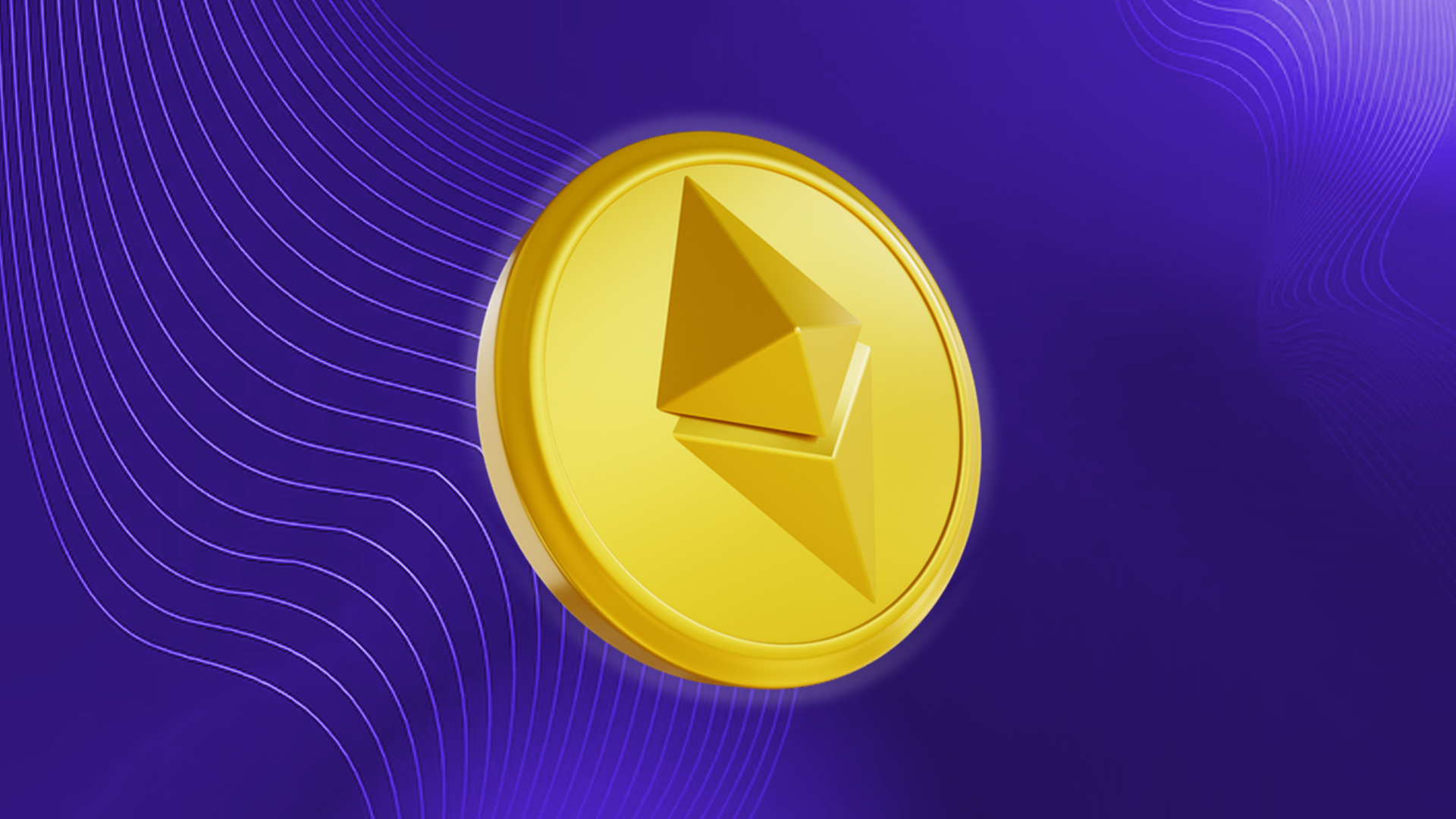How does Ethereum Work, Anyway?


- Ethereum uses a consensus mechanism called Proof-of-Work (PoW) to secure the network and validate transactions.
- Ethereum addresses increased from 100,000 in 2016 to over 100 million in 2022.
Ethereum is a platform that enables anyone to build unstoppable, decentralized applications. If you’ve never heard of Ethereum or aren’t sure what it can be used for, we recommend reading “What is Ethereum?” before digging deeper and learning how it works in this article.
What is Ethereum?
Ethereum is a blockchain that includes a computer. It is the foundation for creating decentralized, permissionless, censorship-resistant programs and organizations.
There is a single, canonical computer (dubbed the Ethereum Virtual Machine, or EVM) in the Ethereum universe whose state everyone on the Ethereum network agrees on. Every participant in the Ethereum network (every Ethereum node) saves a copy of this computer’s state.
Furthermore, any participant can broadcast a request to this machine to do any arbitrary computation. When such a request is broadcast, other network members verify, validate, and carry out (“execute”) the calculation.
This execution causes an EVM state change, which is committed and propagated throughout the network.
How does Ethereum work?
Ethereum operates on a blockchain network. The network comprises nodes, which are computers volunteers use to mine for the coin. The nodes generate the Ether tokens, and mining generates the encryption that underpins the currency.
Miners are rewarded with Ether since mining requires a lot of computer resources.
The Ethereum platform provides the computationally complete Ethereum Virtual Machine (EVM). EVM runs programs through its global network of distributed public nodes. These nodes offer computing power for developers’ decentralized applications to execute on the web.
Developers can buy Ether to use the network or mine for the tokens, becoming a part of the network. The pricing of network transactions is determined by an internal mechanism known as Gas.
Smart contracts are distributed over the network in the identical blockchain that stores the transaction ledger for the Ether money. These digital contracts can include conditions that run scripts until they are met.
When an agreement is not met, Ethereum has built-in tools to detect it. Smart contracts can be used to swap assets such as real estate, money, and equities in exchange for an Ether token.
Ethereum employed the Proof of Work (PoW) mechanism to execute and validate transactions with the cryptocurrency utilizing the Ethereum Mainnet blockchain from its inception in July 2015 until September 15, 2022.
Proof of Work is a consensus algorithm used for data verification and integrity.
The Ethereum community completed “The Merge” on September 15, 2022, with a transfer to a Proof of Stake (PoS) consensus process operating on the Beacon Chain.
The benefits of transitioning to Proof of Stake (PoS) for Ethereum and its users include faster transaction speeds while consuming less energy to process and validate transactions.
Use Cases and Real-World Applications
Ethereum’s versatility has led to a myriad of real-world applications. DeFi platforms built on Ethereum allow users to access financial services without intermediaries, such as lending, borrowing, and yield farming.
Non-Fungible Tokens (NFTs) have gained widespread popularity as unique digital assets representing ownership of artwork, collectibles, and virtual real estate, all based on Ethereum’s ERC-721 standard.
Beyond DeFi and NFTs, Ethereum explores numerous use cases in supply chain management, healthcare, identity verification, and more. Its flexibility and programmability continue to attract developers and businesses seeking decentralized solutions.
Conclusion
By market capitalization, Ethereum is the second most valuable cryptocurrency, regarded as the silver to Bitcoin’s gold. Ethereum’s higher risk may correspond to higher rewards, as with any investment.
Given the market’s uncertainty and volatility, research before investing much of your retirement money in Ethereum or any other cryptocurrency. It is nevertheless worth considering as an aggressive growth option in a diversified portfolio.
Of course, you should only invest what you can afford to lose.
Recent Posts
Cathie Wood’s ARK Invest Rumored To Be In Talks With This New DeFi Project
Whispers in the crypto community suggest Cathie Wood’s ARK Invest is eyeing a new DeFi…
5 Reasons Why Skyren DAO Is The Best Crypto To Invest In Right Now
The world of cryptocurrency is buzzing with new innovations. However, few projects manage to combine…
Trump Throne ($THTRN) Takes the Meme Coin Throne with an Explosive Launch
The crypto world has witnessed yet another legendary moment as Trump Throne ($THTRN) made an…
Skyren DAO Teams Up With Dex-Trade: What It Means For Your First Crypto Investment
Skyren DAO is making its biggest exchange move yet, announcing that SKYRN will soon be…
Benjamin AI Set to Revolutionize DeFi with Fjord Foundry Launch
Big things are on the horizon as Benjamin AI, one of the most anticipated projects…
Beyond Presale Coins: Skyren DAO’s Token Presale Promises Multi-Chain Airdrop Riches
The crypto world is buzzing, and for good reason—Skyren DAO is rewriting the rulebook on…


